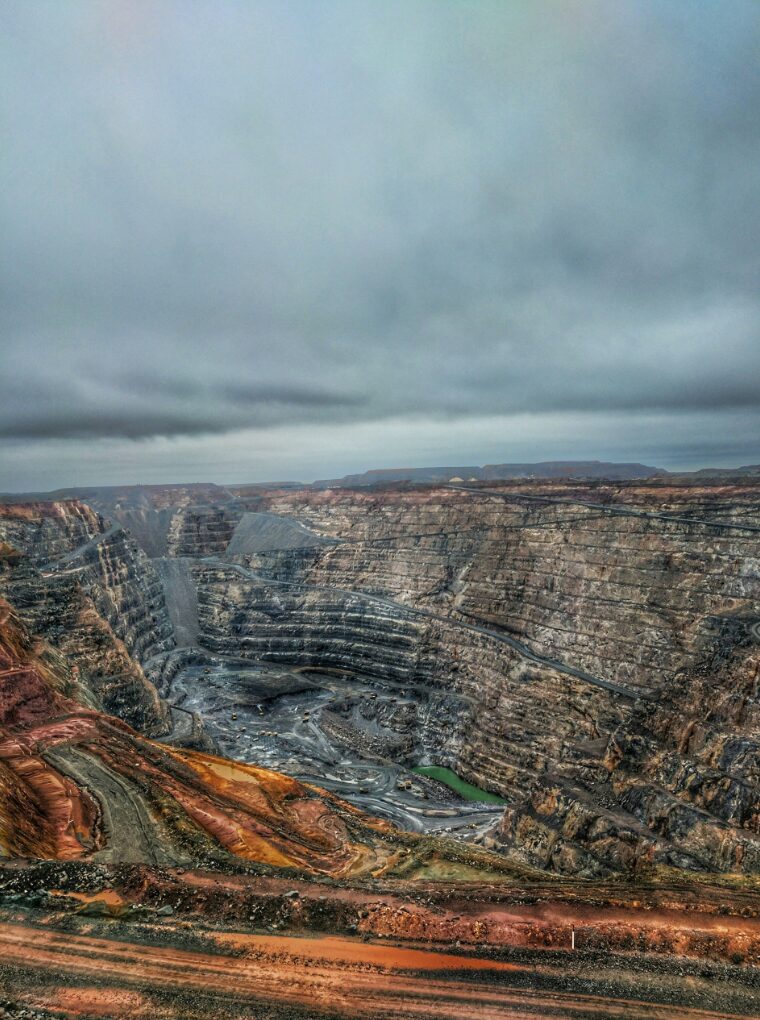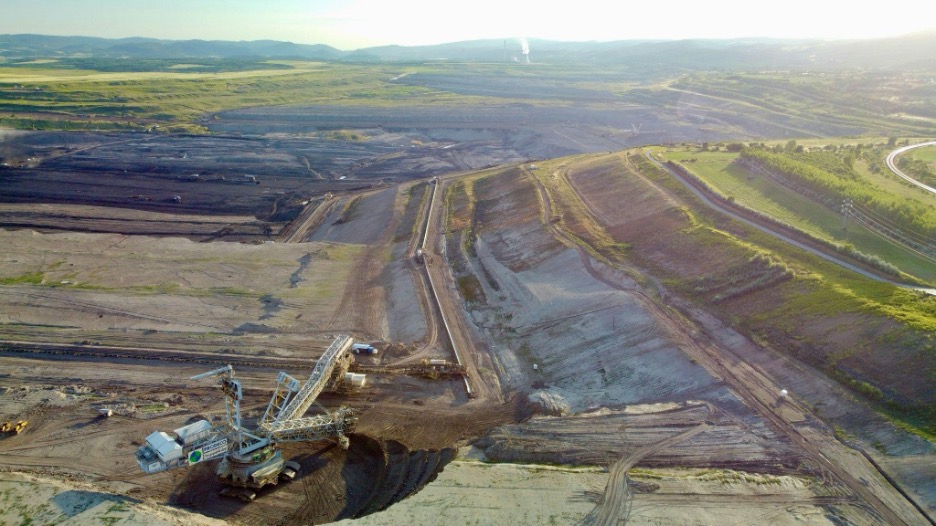
On the Chopping Block: Trump Administration Moves to Rescind ESA Regulations Protecting Imperiled Species
The U.S. Supreme Court heralded the Endangered Species Act (ESA or Act) as “the most comprehensive legislation for the preservation of endangered species enacted by any nation.” As set forth by Congress, the ESA’s primary purpose is “to provide a means whereby the ecosystems upon which endangered species and threatened species depend may be conserved . . . .”
One of the central operative provisions of the Act is its prohibition on the “take” of listed species. The statute defines “take” broadly as “to harass, harm, pursue, hunt, shoot, wound, kill, trap, capture, or collect, or to attempt to engage in any such conduct.” The activities that rise to the level of a “take” are not further defined by statute. But the U.S. Fish and Wildlife Service (FWS) and National Marine Fisheries Service (NMFS), the agencies Congress tasked with implementing the ESA, have promulgated regulations defining some of them.
Shaped by Rule: Regulatory Framing of “Harm”
In 1975—half a century ago, and less than two years after President Richard Nixon signed the ESA into law—the FWS promulgated a regulation defining “harm” to include “significant” habitat “modification or degradation” that “actually injures or kills wildlife” by “significantly” impairing “essential behavioral patterns,” including “breeding, feeding or sheltering.” The agency retained this language when it refined the definition in 1981 and the definition has remained constant ever since. In 1999 NMFS followed suit, promulgating a virtually identical regulatory definition of “harm.” The agency underscored that formalizing this definition was “not a change in existing law” and was intended to “provide[] clear notification to the public that habitat modification or degradation may harm listed species and, therefore, constitutes a take under the ESA,” and to “ensur[e] consistency between NMFS and the Fish and Wildlife Service.”
Recognizing the very real threat of injury and death that habitat modification or degradation poses to imperiled species makes good sense. Indeed, habitat destruction is by far the number one threat to imperiled species—posing a greater risk than all other threats combined.
But industry does not like anything that threatens its bottom line, and the Endangered Species Act is no exception.
Challenged and Upheld: The Supreme Court Solidifies the “Harm” Definition
Not long after the FWS promulgated its regulatory definition of harm, the timber industry challenged it in court. The case, Babbit v. Sweet Home Chapter of Communities for a Great Oregon, went all the way to the U.S. Supreme Court, which rejected the industry’s challenge and upheld the agency’s regulatory definition using all the standard tools of statutory interpretation—plain language, linguistic canons, purpose, and legislative history.
First, looking to plain meaning, the Court found that the regulatory definition was consistent with the “ordinary understanding of the word ‘harm,’” which is defined as “‘to cause hurt or damage to: injure.’” As the Court explained, “that definition naturally encompasses habitat modification that results in actual injury or death to members of an endangered or threatened species.”
In response to the logging industry’s contention that “harm” should be limited to “direct applications of force against protected species,” the Court explained that “the dictionary definition does not include the word ‘directly’ or suggest in any way that only direct or willful action that leads to injury constitutes ‘harm.’” Moreover, the Court added, the rule against surplusage—the linguistic canon providing that no word or phrase in a statute should be interpreted as redundant or meaningless—supported the regulatory definition, because “unless the statutory term ‘harm’ encompasses indirect as well as direct injuries, the word has no meaning that does not duplicate the meaning of other words that [the ESA] uses to define ‘take.’”
The Court further noted that this plain language reading is consistent with the broad primary purpose of the ESA—again, “to provide a means whereby the ecosystems upon which endangered species and threatened species depend may be conserved.” Indeed, the Court explained, interpreting “harm” to not include indirect injuries arising from habitat destruction would, for example, give carte blanche to drain a pond, even where it was known that doing so “would actually result in the extinction of a listed species by destroying its habitat.”
In addition, the Court explained that the FWS’s definition was supported by the ESA’s legislative history: “The Senate Report stressed that ‘“[t]ake” is defined . . . in the broadest possible manner to include every conceivable way in which a person can “take” or attempt to “take” any fish or wildlife.’” And “[t]he House Report stated that ‘the broadest possible terms’ were used to define restrictions on takings” and that it included both intentional and unintentional actions. For example, the House Report explained, the Act’s definition of “take” could “prohibit the activities of birdwatchers where the effect of those activities might disturb the birds and make it difficult for them to hatch or raise their young.” In response to the suggestion that this definition was too broad the Court recognized that “harm” would need to be foreseeable to fall within the ESA’s prohibitions.
Thus, for decades, with the blessing of the Supreme Court, the ESA has been interpreted to prohibit not just directly killing or injuring a member of a listed species but also doing so indirectly through habitat modification or degradation when that death or injury is foreseeable. Since being upheld by the U.S. Supreme Court thirty years ago, this regulatory definition has remained in place and protected species from the number one threat they face: habitat loss. It is a huge reason that the Act has “saved more than 99% of species under its protection.”
On the Chopping Block: A Proposed Rescission to the Definition of “Harm”
Now, all of that is on the chopping block. In a self-described “deregulatory action,” the Trump administration recently proposed rescinding the regulatory definition of “harm,” bizarrely describing that definition—which, again, the U.S. Supreme Court upheld—as “legally incorrect.”
The government’s reasoning does not even rise to the level of specious, and the real reasons for the proposed rescission are clear: to “relieve[]” businesses of “costs” and “burden[s].” Just as interpreting “harm” to not include indirect injuries arising from habitat destruction would give carte blanche to drain a pond even where it was known that doing so “would actually result in the extinction of a listed species by destroying its habitat,” so too would it give industry complete freedom to kill and injure imperiled species. Loggers would have carte blanche to kill and injure imperiled animals like red-cockaded woodpeckers and Northern spotted owls by cutting down old growth forests. Oil companies would have carte blanche to engage in drilling that foreseeably injures and kills imperiled species like polar bears, numerous whales—including the few dozen surviving critically endangered Rice’s whales—and many, many more species.
And that is precisely the point.
President Trump has made clear, including in day-one executive orders, his intent to override longstanding environmental laws, including the ESA, to expedite the extraction of oil and gas at all costs, including species extinction—a cost that Congress and the Supreme Court have described as “incalculable.”
But the law does not allow such recklessness. As the Supreme Court explained in its first ESA case, “Congress has spoken in the plainest of words, making it abundantly clear that the balance has been struck in favor of affording endangered species the highest of priorities, thereby adopting a policy which it described as ‘institutionalized caution.’” None of that has changed.
Comments on the proposal can be submitted on regulations.gov and are due by May 19, 2025.






















